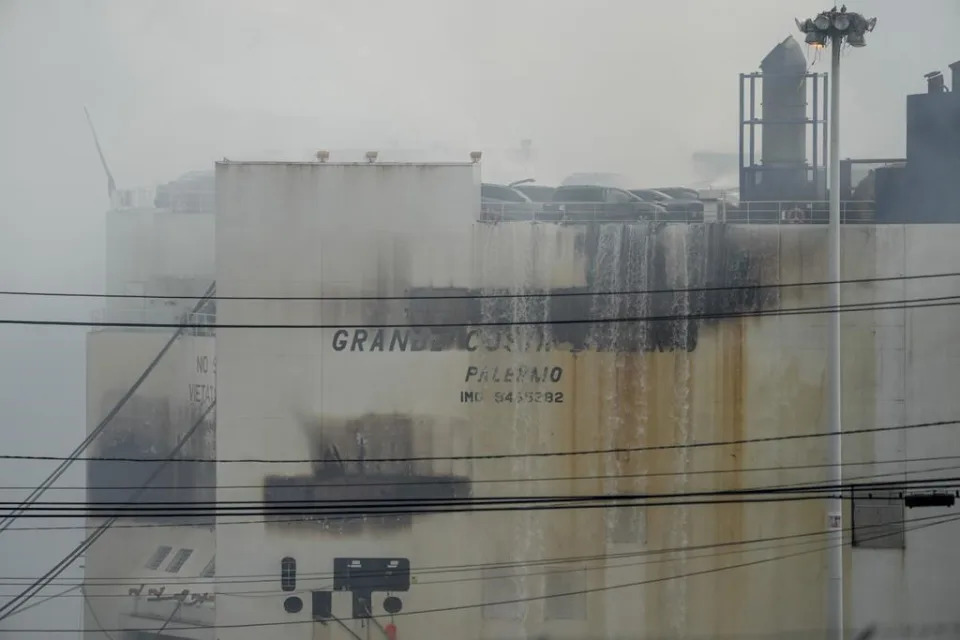Lac-Mégantic still mourning 47 people killed in train explosion 10 years later
CBC News: The National
Jul 6, 2023 #Quebec #LacMegantic #cbcnews
Ten years after a deadly train derailment in Lac-Mégantic, Que., the community mourns the 47 people who were killed. The rail line still passes through the middle of town and residents are concerned about the potential for another disaster.
Lac-Mégantic demands greater rail safety 10 years after train disaster
Global News
Jul 5, 2023 #GlobalNews #railway #anniversary
It has been 10 years since a runaway train carrying crude oil derailed and burst into flames in Lac-Mégantic, Que., killing 47 people.
The town has never been the same since, and residents fear that the increasing number of railcars transporting hazardous materials through the area could lead to a future disasters.
As Dan Spector reports, while the community has been long fighting for action on rail safety, people say little progress has been made.













































